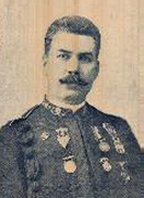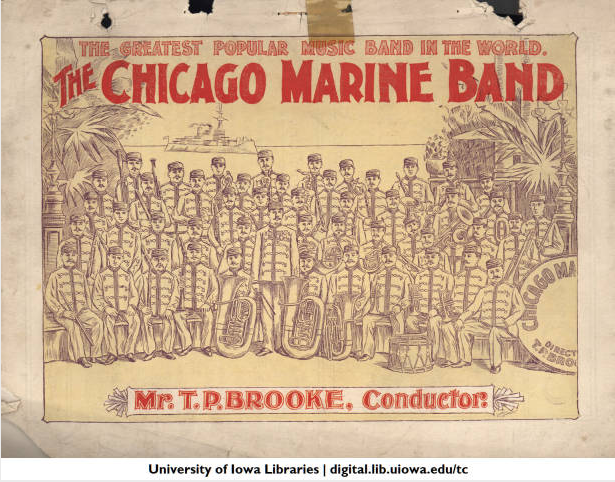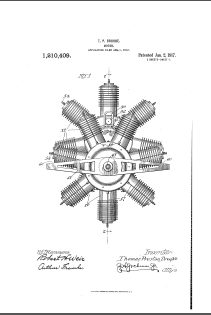Encyclopedia Dubuque
"Encyclopedia Dubuque is the online authority for all things Dubuque, written by the people who know the city best.”
Marshall Cohen—researcher and producer, CNN
Affiliated with the Local History Network of the State Historical Society of Iowa, and the Iowa Museum Association.
BROOKE, Thomas P.
BROOKE, Thomas P. (1854--1932). Brooke began demonstrating his musical talents at an early age in Dubuque. He played slide trombone in the Key City Band and was a string artist in orchestras. He left Dubuque around 1881 and later organized the Chicago Marine Band. (1)
This most energetic and resourceful conductor-composer-
administrator not only displayed lots of 'savvy' in his
programming but managed to surround himself with the best
musicians. He engaged two of the finest cornet players in
the world, Bohumir Kryl and James D. Llewellyn, as well as
French hornist, Anton Horner..."
...probably Brooke's most important move (historically) was
the introduction to the public (8-31-1898) of the first rag-time
selection, classed as a "Patrol," entitled "The Mississippi Rag"
by Krell. This composition was the forerunner of Scott Joplin's
earliest rag by a year. During 1900 Brooke and His Band played
what are believed to be the first rag-time band concerts in New
Orleans. Brooke's appearance there was timely and his influence
on the musicians was profound... Equally as much as Sousa, Brooke
knew what to give the public." (2)
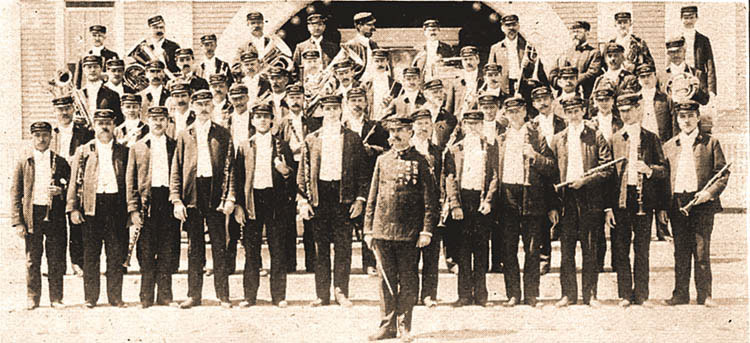
The band received nation-wide adulation. In an appearance at Grand Rapids, Michigan they were received by an escort of cadets and a band of musicians. Brooke was taken to his hotel in a carriage drawn by four white horses. In Buffalo, New York Brooke and the entire band were entertained by the Buffalo Club in which ex-President Grover Cleveland was a member and after a banquet were taken to their hotels in carriages. Banquets in honor of Brooke were also given in Cleveland, Philadelphia, Pittsburg, New Orleans, Boston, and Montreal, Canada. (3)
The Chicago Marine Band led by Brooke was the musical organization called upon for spectacular events. In one of the grandest displays, Brooke and the musicians led the parade for Chicago Day, October 9, 1896. One of the most elaborate civic parades in history, the band was followed by 110,000 men representing the political and business wealth of the city. They were called upon to perform at the Chicago Tribune's election night demonstration in 1896 and entertained an estimated 25,000 at the Coliseum. Brooke and his band performed the longest season of concerts ever played in Cleveland. Brooke's 100th concert in Philadelphia included a drum and bugle corps accompaniment in his "March of the First;" flaming torches imitating forge fires for the "Anvil Chorus" from "Il Trovatore;" and the use of auxiliary bands and artillery accompaniment in the distance for Dalbey's "From Fireside to Battlefield." In honor of the occasion, Pain Fireworks Company, presented his portrait in fire thirty-feet square. A master showman, Brooke ended each engagement with a national flavor featuring booming cannon and a forty-foot flag unfurled from the ceiling with an "Au Revior" banner. (4)
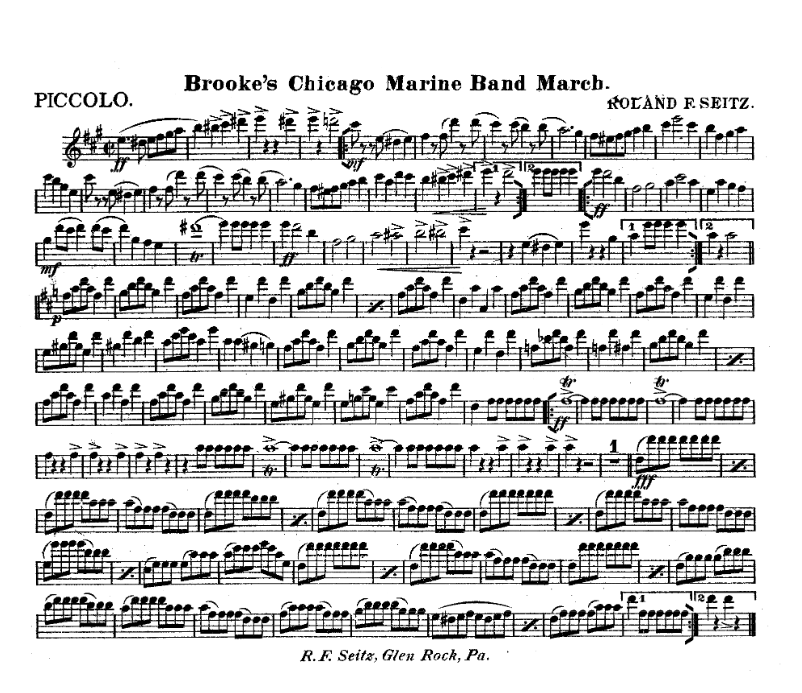
In 1901 Roland F. Seitz, composer and publisher, dedicated "Brook's Chicago Marine Band March" to "The Popular Music King Thomas Preston Brooke and his Chicago Marine Band."
Being a famous bandmaster, Brooke often found himself driving his automobile. In the winter of 1906, the year ironically that the Chicago Marine Band went out of existence, he realized the rear wheels of his automobile skid slowly over snow covered street without leaving any tracks showing that some force had lifted the rear end of a two-ton car entirely off the ground. His investigations indicated to him that the gyroscopic force generated by his motor's flywheel was responsible for the phenomenon. Immediately realizing the importance of his discovery to aviation, he gave up his professional and business interests and devoted his entire time and his personal fortune to science.
Mr. Brooke’s work in this special field covered a period of over six years. Up to April, 1910, he was entirely alone in his warnings against this danger; then the Scientific American, for the first time in print, blamed gyroscopic action for the deaths of two pilots. It was thought that accidents following a glide or dip were caused by the twisting of the airplane because of the gyroscopic effects of the engine and propeller. As accident after accident occurred in which the airplanes behaved in almost exactly the same manner, belief in the Brooke theory gained strength. (5)
Brooke invented the four-cycle Non-Gyro Motor which weighed only 176 pounds but which could generate 75-85 horse-power. (6) The twin-revolving cylinder gasoline engine for automobiles or airplanes eliminated the gyroscopic action by using two flywheels, or their equivalent, revolving in opposite directions. The two sets of cylinders in the Brooks engine revolved around the same axis but in opposite directions. (7)
Brooke patented other improvements in airplanes. One his inventions allowed the "cutting out of either side of the motor at the will of the pilot." This allowed one side of the motor to rest while the other was in motion. At any time, the pilot could also engage both sides. (8)
---
Source:
1. "Former Dubuquer Makes Discovery," Dubuque Telegraph-Herald, April 30, 1911, Part II, p. 1
2. Williams, Frederick P. "Willow Grove Concerts 1896-1925," Willow Grove Park. Online: http://www.wgpark.com/performer.asp-page=16.html
3. "The Chicago Marine Band," University of Iowa Archives. Online: http://digital.lib.uiowa.edu/cdm/ref/collection/tc/id/55052
4. Ibid.
5. Pearson, Ralph M. "Gyroscopic Action--A Menace to Aviation," Self-published, Chicago, Illinois, 1914. Online: http://microship.com/articles/gyroscopic-action-a-menace-to-aviation/
6. "Former Dubuquer..."
7. French, Lester Gray, Machinery. Machinery Publications Corporation, 1911, p. 797. Online: http://books.google.com/books?id=SNIfAQAAMAAJ&pg=PA797&lpg=PA797&dq=Thomas+P.+Brooke+%28gyroscope%29&source=bl&ots=SzSxnaZjzf&sig=rg_OK7r3J6Iif3hvF7o1ScPUQIg&hl=en&sa=X&ei=LY6zU-7dOc-fqAaa8oGoDw&ved=0CB8Q6AEwAQ#v=onepage&q=Thomas%20P.%20Brooke%20%28gyroscope%29&f=false
8. "Former Dubuquer..."


